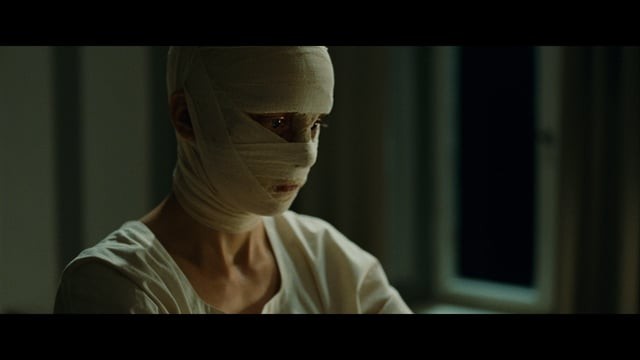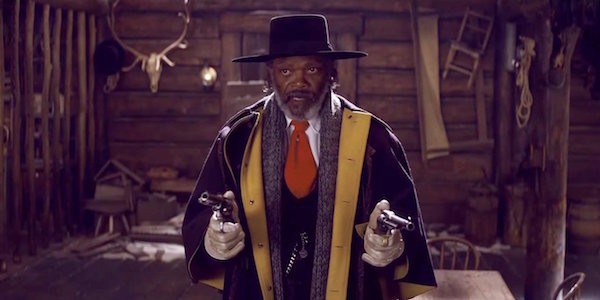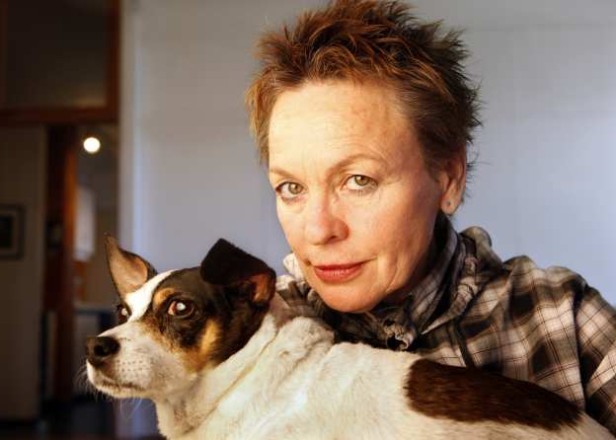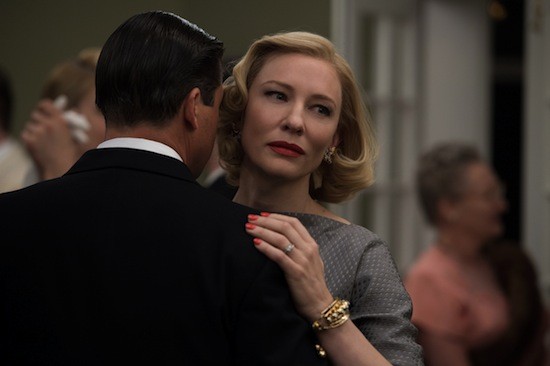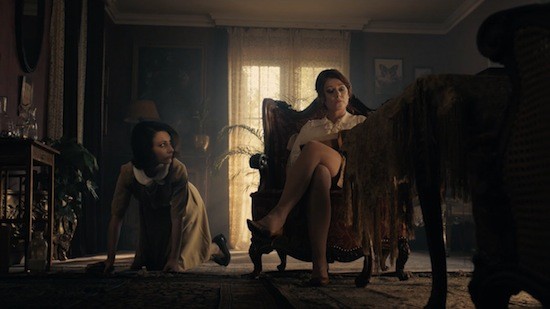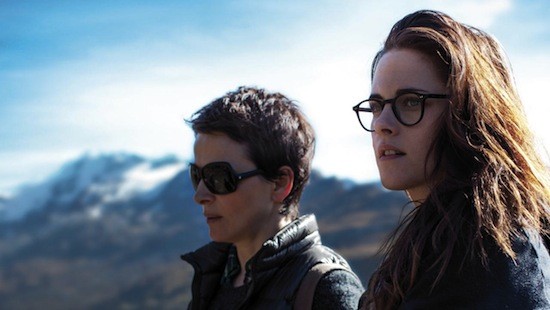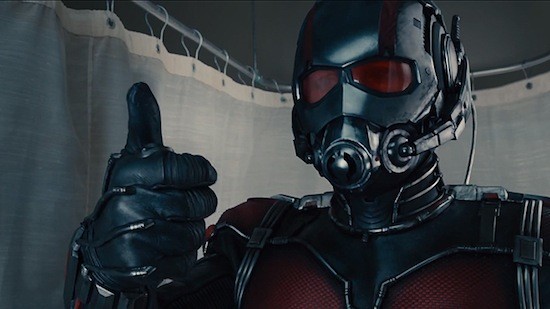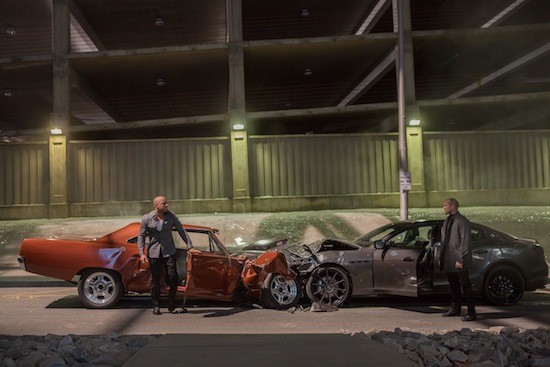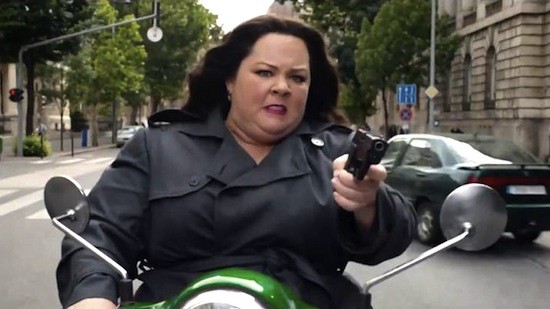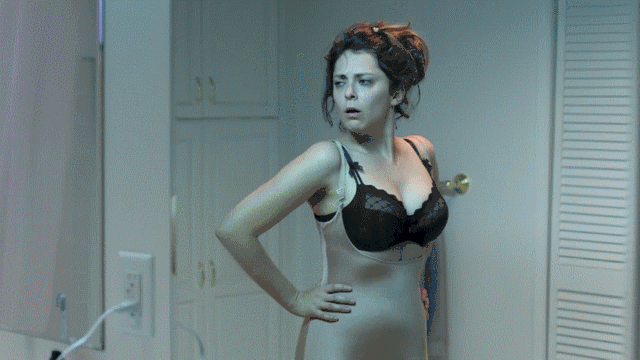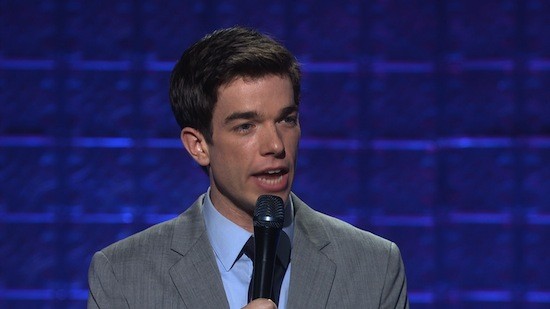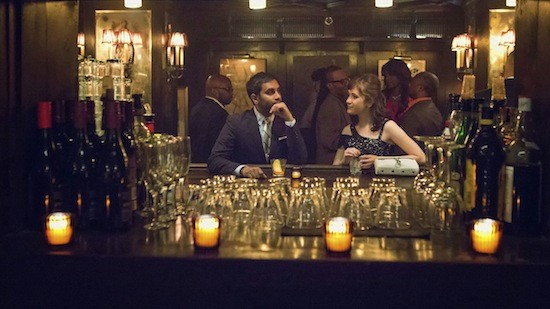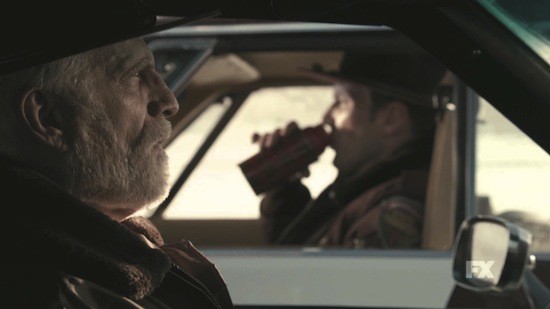
Marvel’s Daredevil: Season One (2015; various dirs., including Phil Abraham, Farren Blackburn and Brad Turner)— Although it eventually succumbs to its own primal fan-service instincts and climaxes with a final-episode alley brawl between two grotesque, guilt-wracked gargoyles seeking imaginary control over a city they will never truly own, Drew Goddard’s brutal, film noir-inflected 13-episode Daredevil reimagining is, along with Iron Man 3, Guardians of the Galaxy and Jessica Jones, one of the smartest and most rewarding recent additions to the oh-God-will-it-ever-stop-expanding Marvel Cinematic Universe.
Set in New York City’s Hell’s Kitchen, the show’s visual scheme is typically dark and atypically striking; so many scenes and framings recall writer/penciller Frank Miller’s influential work on the Daredevil comic in the early 1980s that it’s easy to imagine the whole production team poring over individual panels from those issues every night and then re-decorating the sets for maximum angular moodiness the following day. The show’s cinematographic signature is an invasive, piss-yellow light that leaks down rain-slicked streets and into shadeless tenement windows.
Daredevil’s first nine or so episodes display unusual courage and tenacity in that they refuse to let the titular hero—a.k.a. blind, combat-savvy vigilante Matt Murdock (Charlie Cox)—off the hook for his actions. While the show has plenty to say about fatherhood, the sins of the past, and an individual’s ability to change a system from either within or without, its central question—and the only superhero question that truly interests me anymore—is “Why would someone take to the streets as a masked crime-fighter in the first place?” In spite of the massive institutional corruption in and around Hell’s Kitchen, why does Matt bother working within the law as a criminal defense attorney by day if he’s going to subvert his beliefs in rules, regulations and due process at night? If he’s going to spend his evenings pummeling thugs and breaking bones before staggering home to stitch himself up, where will he draw the line?
Such questions plague Murdock and hamper his already-aloof relationships with his partner Foggy Nelson (Elden Hanson), his secretary Karen Page (Deborah Ann Woll) and a compassionate nurse named Claire (Rosario Dawson). Yet Cox’s handsome, smallish Murdock remains unreachable; he’s only really alive during the regular after-hours missions that are one-third personal penance, one-third suicide attempt and one-third (I’m so sorry, everyone) blind rage. His spinning kicks, flips and acrobatics throughout the many unusually well-choreographed fight scenes compare favorably with Gina Carano’s work in Stephen Soderbergh’s great Haywire. And, almost unique among today’s superheroes, he never escapes unscathed. This masked man bleeds. A lot.
As Murdock’s rich and powerful nemesis Wilson Fisk, Vincent D’Onofrio feasts on the huge slabs of supervillainy-glazed ham thrown his way. His Fisk is a giant, glabrous, all-powerful baby overdressed for picture day and simmering with barely suppressed rage and pain that nearly shoot out of his ears like cartoon steam whenever he loses control. D’Onofrio dramatizes Fisk’s moral dilemmas by making every sentence he utters a clenched-throat combination of measured negotiations and hissing threats. As unsettling as Fisk in the flesh is, he is more frightening earlier in the series, when he exists only as an idea, a phantom, or a voice on a walkie-talkie.
Episode highlights include “Cut Man,” (the one with the astonishing single-take fight scene that I love without reservation), “World on Fire,” (the one that has the only Matt Murdock POV shot) and, best of all, “Stick” (the one guest-starring an inconceivably leathery and ornery Scott Glenn as Murdock’s mentor). The new season airs on Netflix March 18; here’s hoping its rehabilitation of the Punisher and Elektra is as successful as its resurrection of Kingpin and “The Man Without Fear.”
Grade: A-
